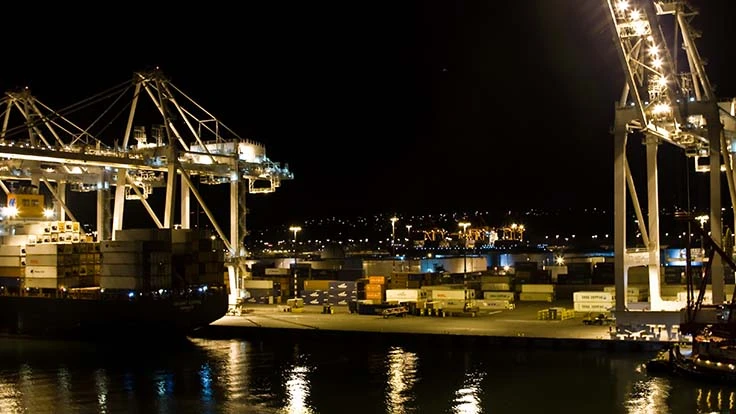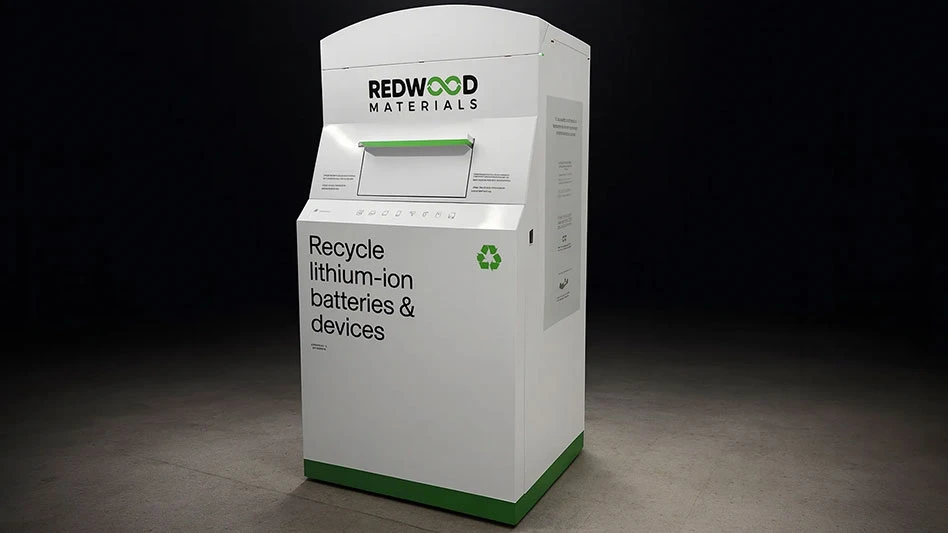
Photo by Benson Kua @ Flickr
Container shipping lines in the U.S. export trade lane to Asia are recommending phased, across-the-board increases in freight rates, beginning Oct. 1, 2015, according to a news release issued by Westbound section members of the Transpacific Stabilization Agreement (TSA).
The TSA is a forum of major container shipping lines serving the trade from Asia to ports and inland points in the U.S. based in Oakland, California.
The scheduled action reflects the trade’s recovery from congestion challenges earlier in the year; a strengthening market heading into what is typically the trade’s peak season; and an urgent need to halt damaging rate erosion, the TSA members say.
Effective Oct. 1, member carriers in the Transpacific Stabilization Agreement (TSA)’s Westbound section will be seeking to establish new target rates in all dry commodity segments that translate into modest increases in most cases, with higher proportionate increases for the most depressed rates. TSA-Westbound lines say they expect to follow with similar, gradual increases in November and December.
“U.S.-Asia freight rates have fallen to historically low levels since the beginning of 2015 due to a strong dollar and unusually weak emerging market demand,” says TSA-Westbound executive administrator Brian Conrad. “Current westbound rate levels in many cases do not fully cover costs. At best, they make only a nominal contribution to a round-trip sailing, and barely compete for space aboard ship with empty repositioned containers needed in Asia. Worse, at a time when westbound equipment is already in short supply, depressed rates encourage migration of containers to other trades.”
Latest from Recycling Today
- Ford pivots away from EVs
- McNeilus to showcase advanced refuse, recycling technology at CES 2026
- Greyparrot report highlights improving recycling efficiency
- SWANA, NWRA, ReMA release guide to improve MRF battery management
- World Bank predicts steady 2026 metals pricing
- Nucor sees tighter margins to close out 2025
- Liberty Tire announces $1.4M equipment upgrade at North Carolina facility
- Kansas City, Missouri, to receive $5M grant from EPA





